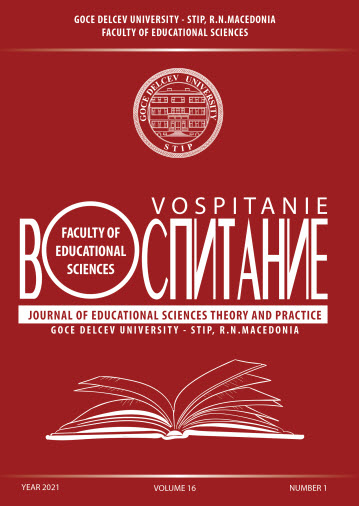APPLICATION OF LITERARY ARTISTIC MODELS IN THE REALIZATION OF LITERATURE AND READING CONTENT
DOI:
https://doi.org/10.46763/JESPT211610035cKeywords:
literary artistic models, reading, school readingAbstract
Most of the acquisition of knowledge is realized through reading. The further success of the students will largely depend on the ways and the quality of mastering this activity. For this reason, in primary education classes, the mother tongue is represented by a wider range of classes. Part of its program is the program content Reading and literature. The purpose of this paper is the application of literary and artistic models, as creative models, in the realization of literary and artistic contents. These contents are selected pieces from different literary genres, represented in the textbooks of the mother tongue subject. School readings are literary works of art, written in prose or poetry, which must be read in their entirety by all students, for a certain period of time. Reading them, among other things, helps the development of reading skills and critical thinking, increase of interest in reading, development of imagination etc. In this paper, some creative teaching models are described, which help facilitate and understand textbooks with artistic content.


